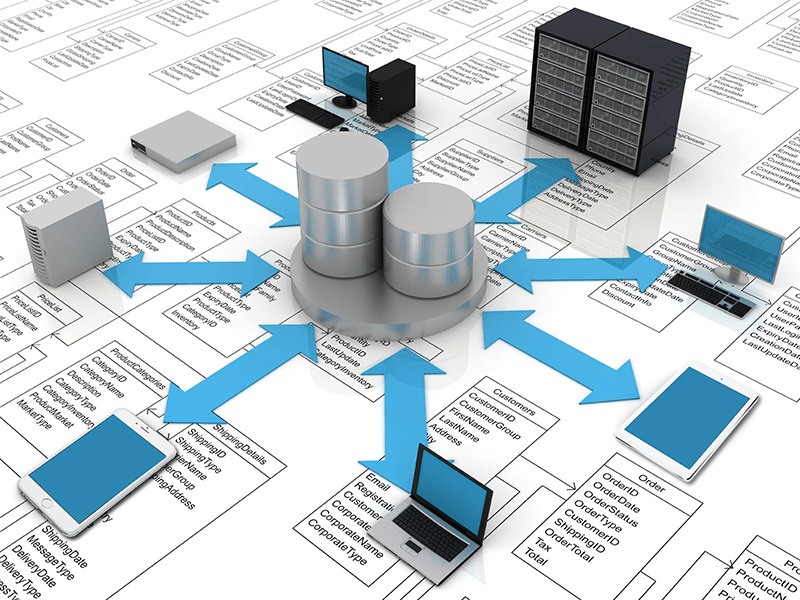Databases are incredibly helpful to have in practically any business, but they’re not really worth anything if no one wants to use them! One thing is for sure: people appreciate using forms as opposed to changing the data within the more complicated sheets. Creating database forms that actually help the user is completely doable, so read on for more information about why you should use them and how to make them better.
Easy as Pie
When users have to view, enter new information, or edit existing information in a database, having a form can make the process much more intuitive. Typically, these forms will also let an employee make good use of the command buttons they should already know in the forms. These command buttons need to be programmed beforehand, so that the right information is displayed for the user. Customization will always be a major part of creating a database forms that work for everyone.
Command buttons can do a number of helpful features, like letting people find more information they need to complete a task. They can also allow employees to enter in a brand new order right from a customer form with just one step. The more customized you can make the process, the more likely it is that people will save time when they’re doing a variety of everyday operations. This can translate to less distractions, and more revenue for the company. The most efficient forms will help employees do their job without frustration, and can make anyone’s day fly by much faster.
Better Security
There are few things more important than your company’s security when it comes to digital data, so forms need to be set up to protect sensitive data. Even small companies amass a lot of details between their customers, employees, and trade secrets. Forms help to keep certain fields safe from those who don’t have access to the information. Without these precautions, there may be a new employee (or even a disgruntled employee) who ends up making a costly mistake. If you can restrict your forms based on who is using them, you’re also more likely to ensure that each new piece of data is added correctly. Without this benefit, you may also have a lot of disorganization within the system, with different people making changes to the same form without having a way to update other users about the new information.
Forms can be either complicated or simple, but whatever kinds you have you need to look for advice from someone who understands how they work. For example, subforms may be needed to further categorize the information and make things easier to find, process or change. The best advice anyone can give a company is to have employees test before implementing and to give their impressions about how intuitive the steps are.

